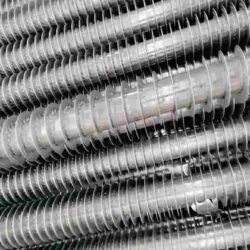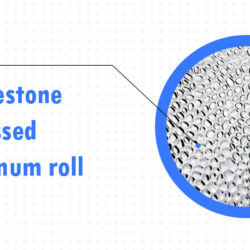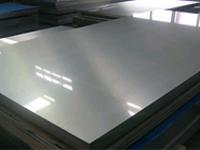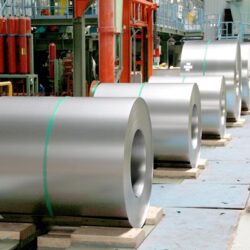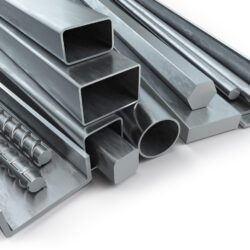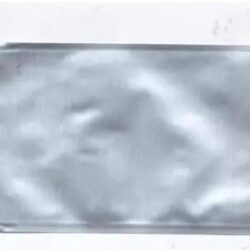The first problem you’ll encounter when welding stainless steel is that this popular alloy retains heat very efficiently. This means that if you use too much heat stainless steel will warp during welding or distort or crack during the cooling process.
Additionally, stainless steel will easily show weld imperfections, making it an unforgiving material for decorative or aesthetic projects.
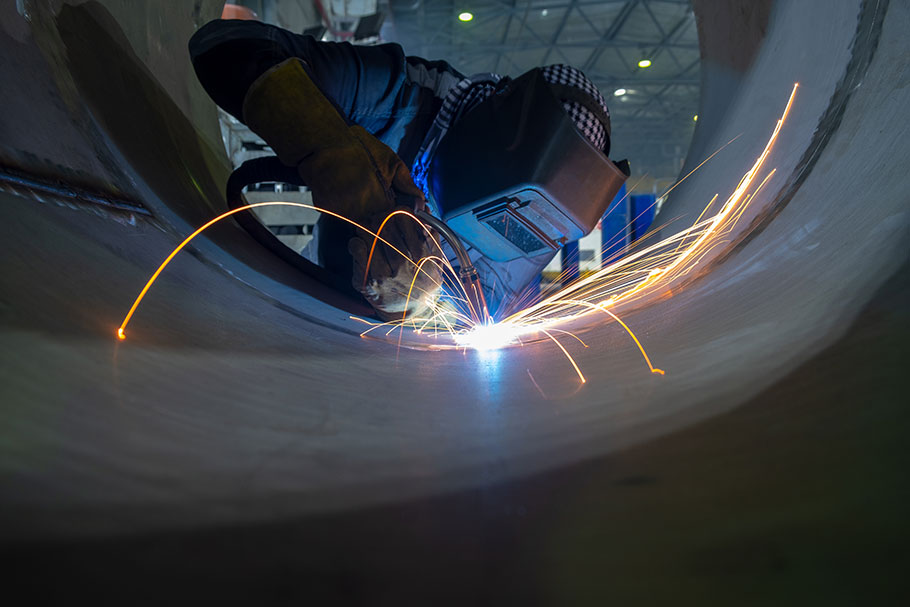
Sparks fly as a welder works on stainless steel piping
Welding stainless steel requires meticulous preparation to avoid contamination with other metals.
Ensuring that the metal retains its rust-resistant chrome oxide film is possibly the most important part of welding stainless steel. Heat tinting or “blueing” during the weld process is a clear sign that the stainless steel’s protective chromium layer has become depleted, reducing its corrosion resistance and leaving your weld susceptible to rust.
Welding stainless steel also requires making sure the material does not become contaminated with carbon steel residue left behind on other tools; this will introduce iron into the weld, leading to corrosion over time. Both the preparation and the final finishing stage of a stainless steel weld must be completed with great care, including ensuring you’re the material and your work area are meticulously clean and that the finished product is properly cleaned. When welding stainless steel it is best to use separately labelled tools, brushes and grinders to prevent cross-contamination.
